Earth
Sign up for our newsletter
We summarize the week's scientific breakthroughs every Thursday.
-
 Science & Society
Science & SocietyThe Smithsonian’s ‘Deep Time’ exhibit gives dinosaurs new life
The Smithsonian’s renovated fossil hall puts ancient dinosaurs and other creatures in context.
-
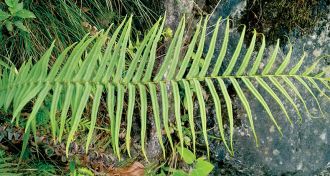 Environment
EnvironmentHow one fern hoards toxic arsenic in its fronds and doesn’t die
To survive high levels of arsenic, a fern sequesters the heavy metal in its shoots with the help of three proteins.
-
 Climate
ClimateThe Southern Ocean may be less of a carbon sink than we thought
The Southern Ocean’s ability to suck up much of the carbon that humans pump into the atmosphere is in question.
-
 Climate
ClimateThousands of birds perished in the Bering Sea. Arctic warming may be to blame
A mass die-off of puffins and other seabirds in the Bering Sea is probably linked to climate change, scientists say.
-
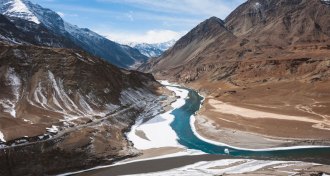 Climate
ClimateHimalayan glacier melting threatens water security for millions of people
Asia’s glaciers are melting faster than they are accumulating new stores of snow and ice.
-
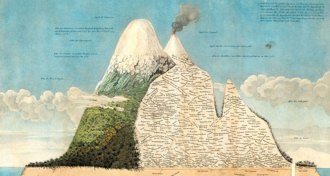 Earth
EarthThis iconic Humboldt map may need crucial updates
A seminal, 212-year-old diagram of Andean plants by German explorer Alexander von Humboldt is still groundbreaking — but outdated, researchers say.
-
 Environment
EnvironmentEmissions of a banned ozone-destroying chemical have been traced to China
Since 2013, eastern China has increased its annual emissions of a banned chlorofluorocarbon by about 7,000 metric tons, a study finds.
-
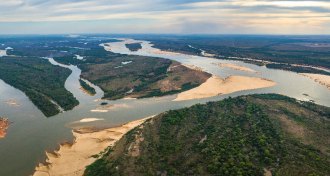 Earth
EarthOnly a third of Earth’s longest rivers still run free
Mapping millions of kilometers of waterways shows that just 37 percent of rivers longer than 1,000 kilometers remain unchained by human activities.
-
 Archaeology
ArchaeologyAncient South American populations dipped due to an erratic climate
Scientists link bouts of intense rainfall and drought around 8,600 to 6,000 years ago to declining numbers of South American hunter-gatherers.
By Bruce Bower -
 Life
Life1 million species are under threat. Here are 5 ways we speed up extinctions
One million of the world’s plant and animal species are now under threat of extinction, a new report finds.
-
 Earth
EarthThe search for new geologic sources of lithium could power a clean future
Futuristic clean-energy visions of electric vehicles are driving the hunt for lithium.
-
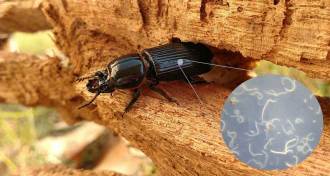 Earth
EarthA belly full of wriggling worms makes wood beetles better recyclers
Common beetles that eat rotten logs chew up more wood when filled with a roundworm larvae, releasing nutrients more quickly back to the forest floor.